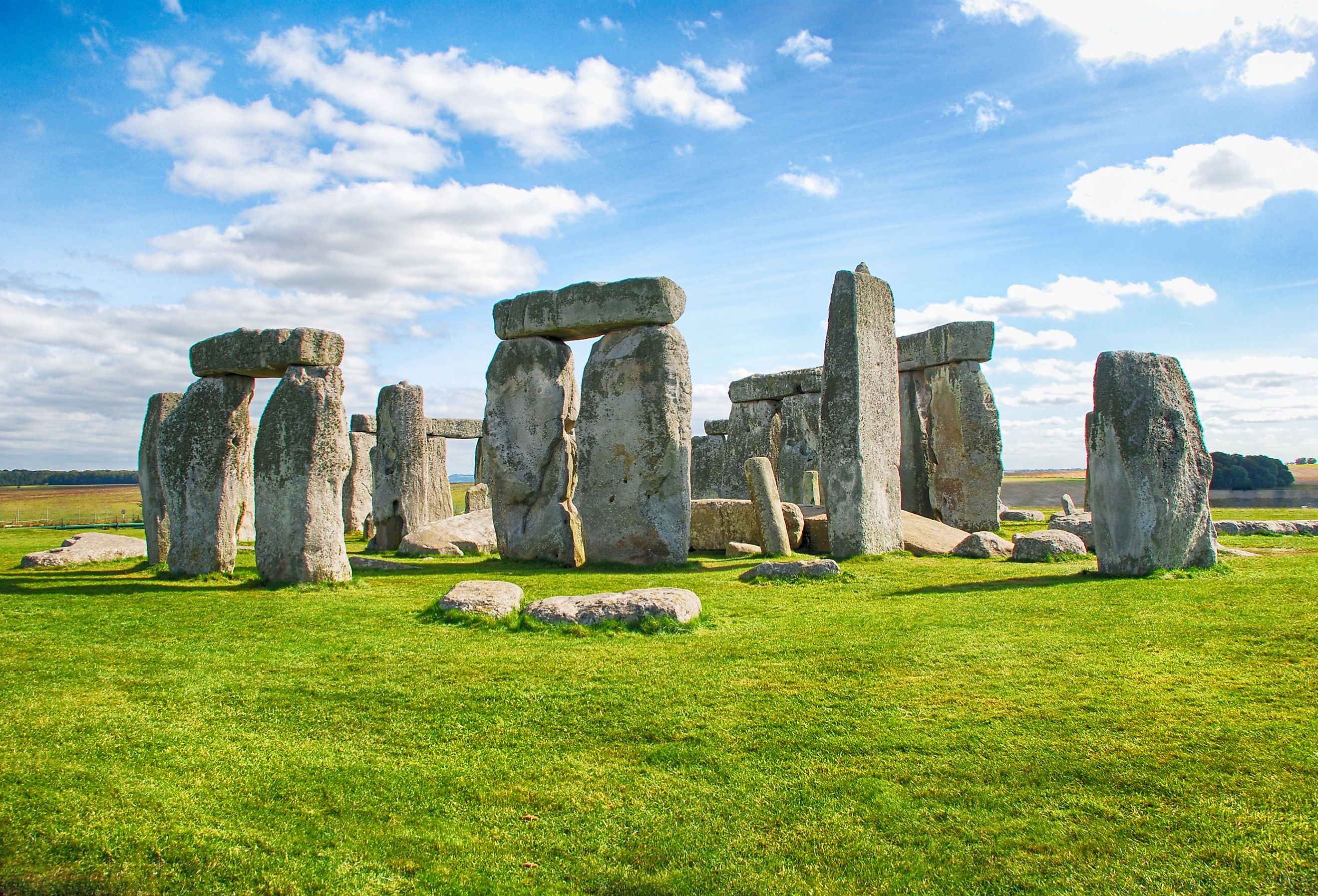
Nobody Knows Who Built These Ancient Structures
Ancient structures exist on every continent in the world, many of them lost to the passage of time. One of the greatest mysteries in human history is how prehistoric cultures transported 2.5-ton blocks to build the Great Pyramids. The unknowns in the construction of feats such as these leave a multitude of unanswered questions. To this date, nobody truly knows who built these seven ancient structures.
1. Puma Punku - Bolivia
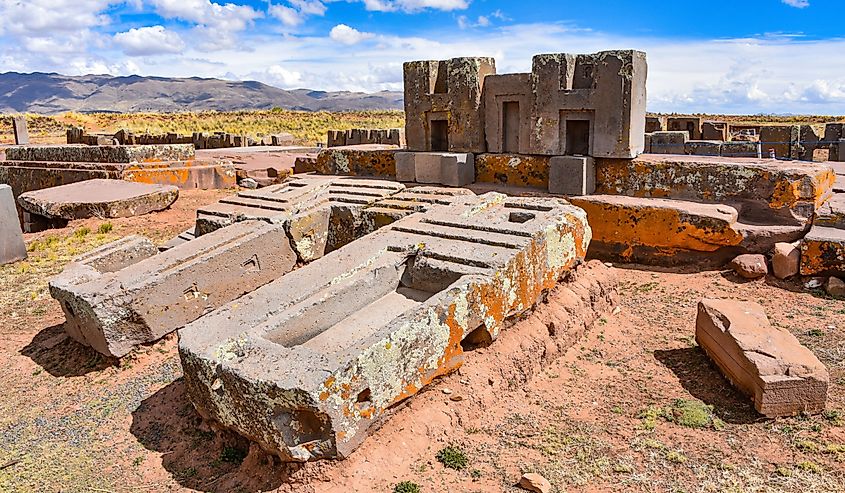
Puma Punku is a large temple in Bolivia, built sometime between 400 and 600 AD by the Tiwanaku Empire. Some believe it is even older than that. Unable to trace its exact time of construction, it remains a mystery as to who might be behind its creation.
The very origin of Puma Punku is still a mystery, largely due to its stonework. The red sandstone and andesite stones cut with such fine precision allowed the pieces to fit into one another, with perfectly drilled holes and attention to detail that is near impossible to achieve without the use of machinery. Tiwanaku was a very important civilization prior to the Incas that thrived until 1000 AD. As of 2000, the site is a UNESCO heritage site.
2. Qin Shi Huang's Tomb - China
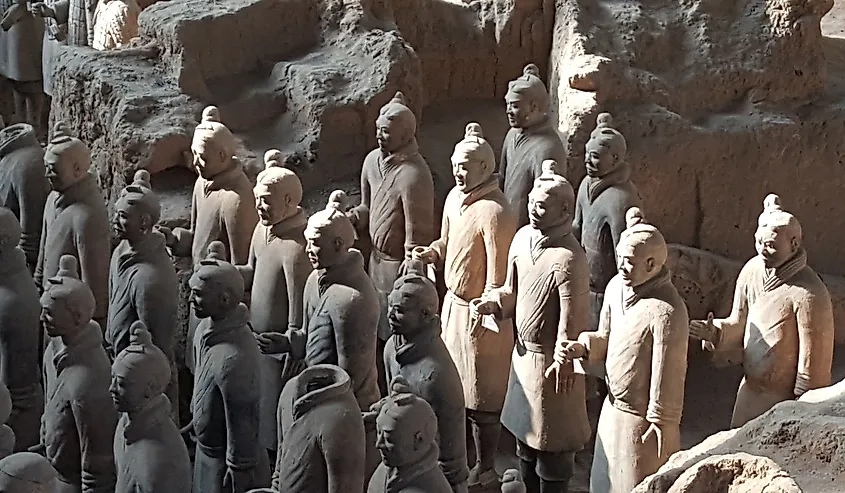
It was not uncommon for emperors to prepare for death as soon as they took over the throne. For Qin Shi Huang, the very first Chinese Emperor, his burial place had to be something special. Built between 246 and 210 BC, it covers an approximate area of 22 square miles.
The tomb took 36 years to complete, though construction halted shortly after the Emperor's death. In 1974, farmers digging for a well discovered it when parts of the statues appeared. The mausoleum features almost 8,000 Terracotta warriors, meant to defend the Emperor in his afterlife.
Still, a great mystery remains and there is still so much of the mausoleum left to excavate. It is unknown how exactly they executed this, as each statue is completely unique, from Qin Shi Huang's own army. It is also believed that they buried the Emperor's mistresses, along with the workers, in the tomb with him.
It is still undetermined who might have constructed the tomb. While some believe that it was prisoners and workers forced to partake, others think the intricate designs of the Terracotta soldiers and their similarities with ancient Greek sculpting indicate Greek influence. This controversial theory suggests close contact between the east and the west before the opening of the Silk Road. To this day, scientists remain in the dark.
3. The Great Sphinx of Giza - Egypt
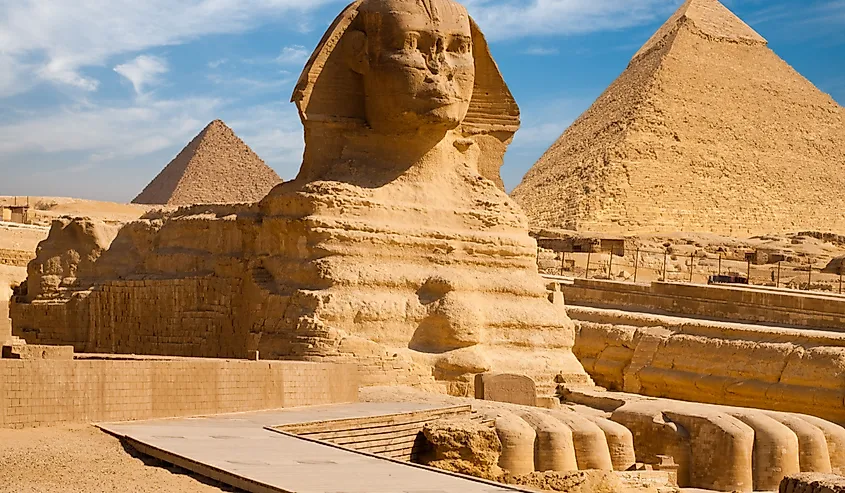
No list of ancient structures would be complete without the Great Pyramids of Egypt. Built between 2550 and 2490 BC to house the tombs of pharaohs, these monuments' biggest intrigue lies in their very construction. There are no written records of any kind to offer clues as to how they cut and carried two million limestone and granite blocks, with each piece weighing around 2.5 tons. There are many theories, such as the use of water and sand to drag stones, but no solid proof.
Perhaps the biggest mystery is who built the Great Sphinx, the oldest and most recognizable structure in ancient Egypt. Scholars have long debated who commissioned its carving, but they may never know for sure.
4. Gobekli Tepe - Turkey
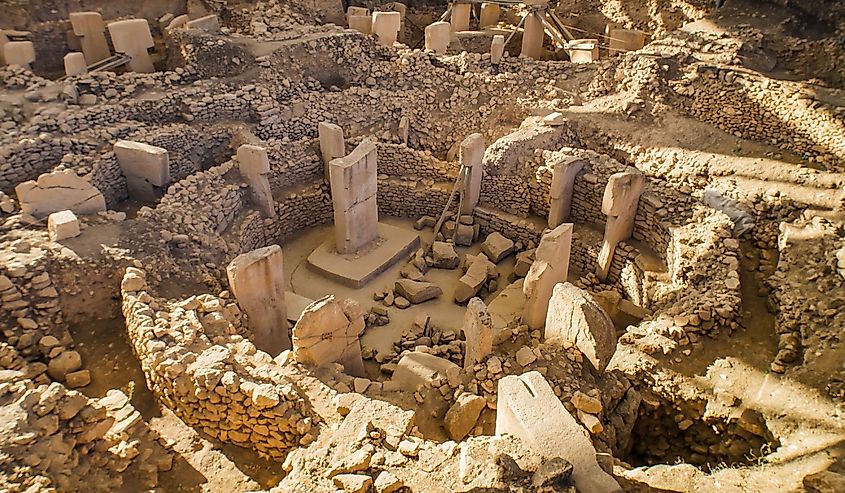
Constructed between 9,600 and 8,200 BC, Gobekli Tepe is the oldest place of worship. Located on top of a hill, the temple features limestone pillars, some of which are 16 to 18 feet tall, and decorated with reliefs of various creatures, including lions, snakes, and gazelles, as well as abstract figures and symbols.
The presence of bones at the location indicates that the hill was the venue of feasts and sacrifices for ritual purposes. The carving and transportation of these heavy stones weighing around seven to ten tons are a great mystery because the temple is from an era before writing, metal, pottery, and the widespread practice of worship and sacrifice. Because of this, it is still unknown who contributed to the temple's very construction.
5. Stonehenge - England

The most well-known prehistoric structure in the world is likely Stonehenge. Located in the south of England, the distinctive stone circle, made up of about 100 large upright stones, dates to the late Neolithic period, between 3000 and 1500 BC. It took an estimated 1,500 years to construct and included several stages.
Many mysteries surround it, such as the origin of the rocks used, and its very purpose. The first stones are bluestones, weighing about four tons each. They are only located in the Preseli Hills in north Pembrokeshire, Wales, some 200 miles away. It is unclear how they moved the stones from Wales to Salisbury Plain, or how they cut them without the use of metal.
There have been many different explanations about the purposes of Stonehenge over the years. Many assume it was a site of ritual healing and celestial alignments, whilst others see it as a sacred burial ground. Although many believe that druids built the structure, archeologists have evidence of its construction during the Neolithic Period.
6. Derinkuyu Underground City - Turkey
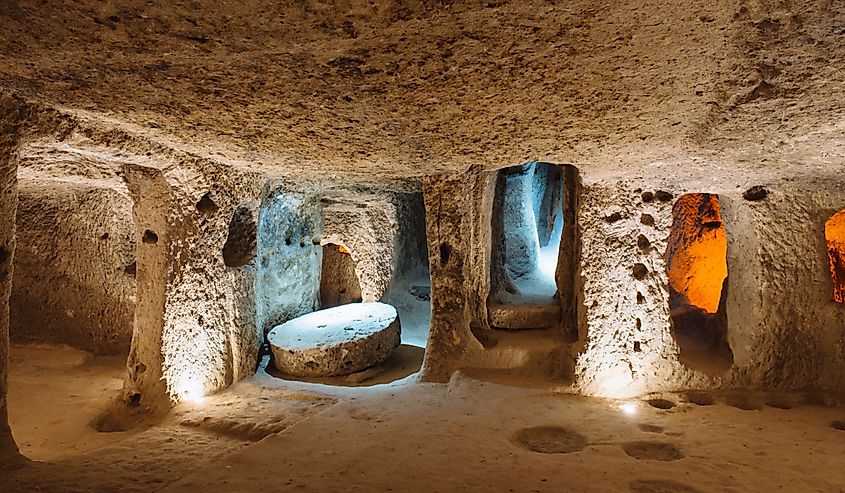
Derinkuyu is an underground city that used to house over 20,000 people. A local resident who was remodeling his home in 1963 made the incredible discovery entirely by coincidence, having no idea he had stumbled upon a genuine city that had been manually excavated back in the 7th century BC, and later abandoned.
It served as a place of safety and defense against war and persecution. Strong stone doors protected it from intruders, and it had a ventilation system, and a well to supply water to all its inhabitants, and even livestock. It featured multiple rooms, some used for schools and a church, and a cellar for making wine and oil.
Most scholars agree that the Phrygians originally constructed Derinkuyu, but others argue it could be as old as Gobekli Tepe. It remains a great mystery as to who built the city, how, and why it was eventually abandoned.
7. Chaco Canyon - US
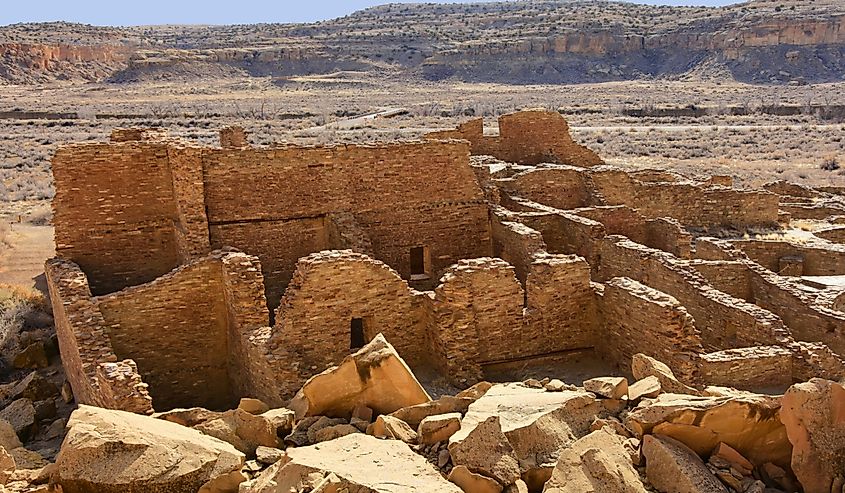
Pueblo cultures inhabited a significant area of the southwest US for more than 2,000 years. Chaco Canyon served as a major ceremonial, commercial, and political hub between 850 and 1250 AD. They constructed enormous stone homes, four floors high with upwards of 800 rooms. Nobody knows the reason for its abandonment. Some parts of the site indicate there was an attack, while other areas remain sealed and intact, perhaps suggesting that its inhabitants did not intend to leave for long.
The Chaco civilization made extensive use of astronomical observations to inform many of its customs. The meticulous alignment of several structures marks the winter and summer solstices, and petroglyphs discovered in Chaco Canyon show a keen interest in solar and lunar cycles. There are many theories as to how the city came to fall, such as deforestation, drought, and wars between Chaco Canyon's elite and the Aztec Pueblo, a group in the south.
How the people lived, and what their rituals were like are still unknown, which therefore begs the question of who exactly built these structures. Without the precise dates, or the reasons behind their creation, it is impossible to narrow down the search for the identity of Chaco Canyon's builders, and the lingering mystery remains.
In Summary
Even though there may not be definite answers about how these structures originated, they still serve as incredible reminders of ancient human capabilities. You can explore many of these ancient monuments, which is worth the travel to immerse yourself in a part of history.











